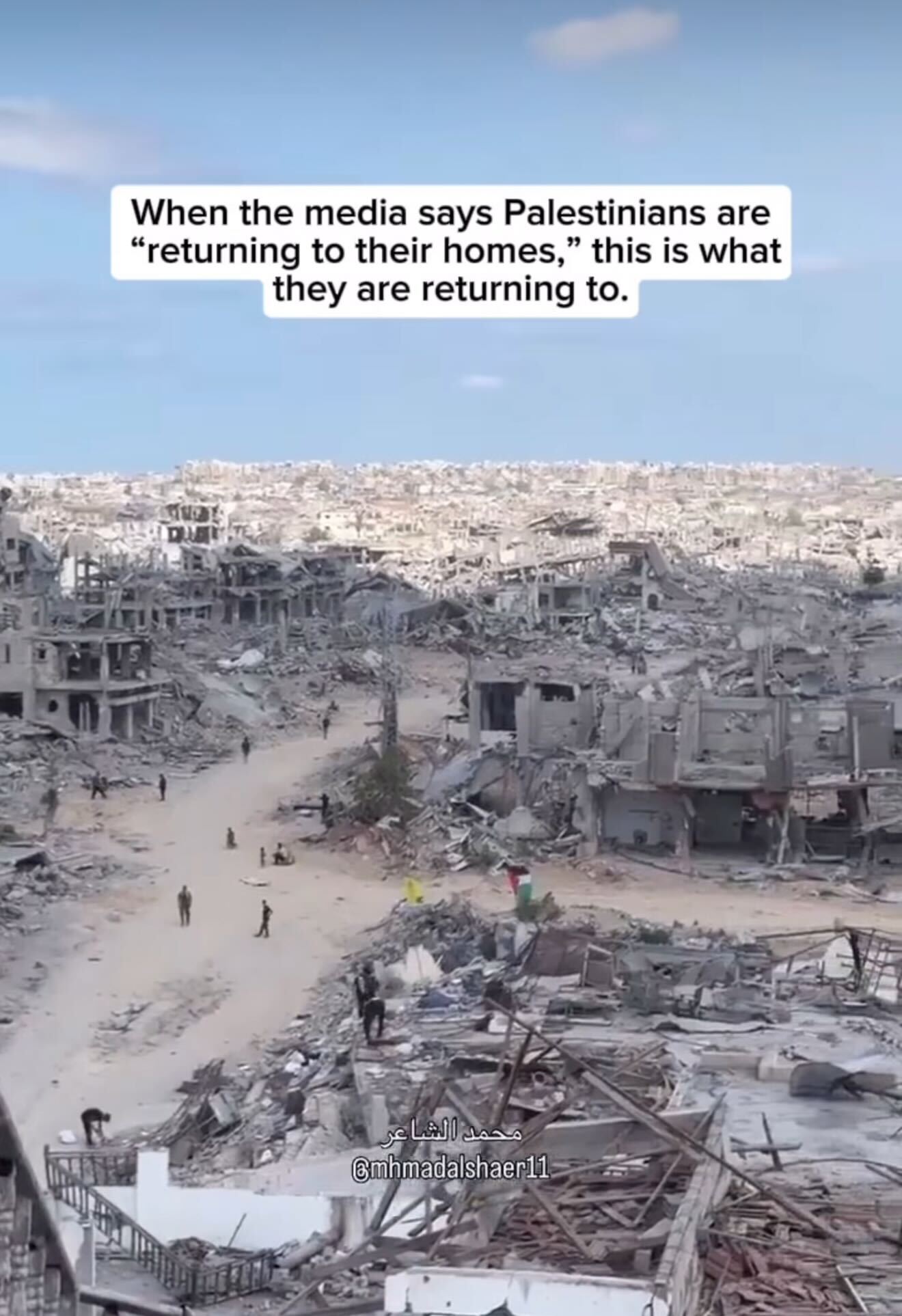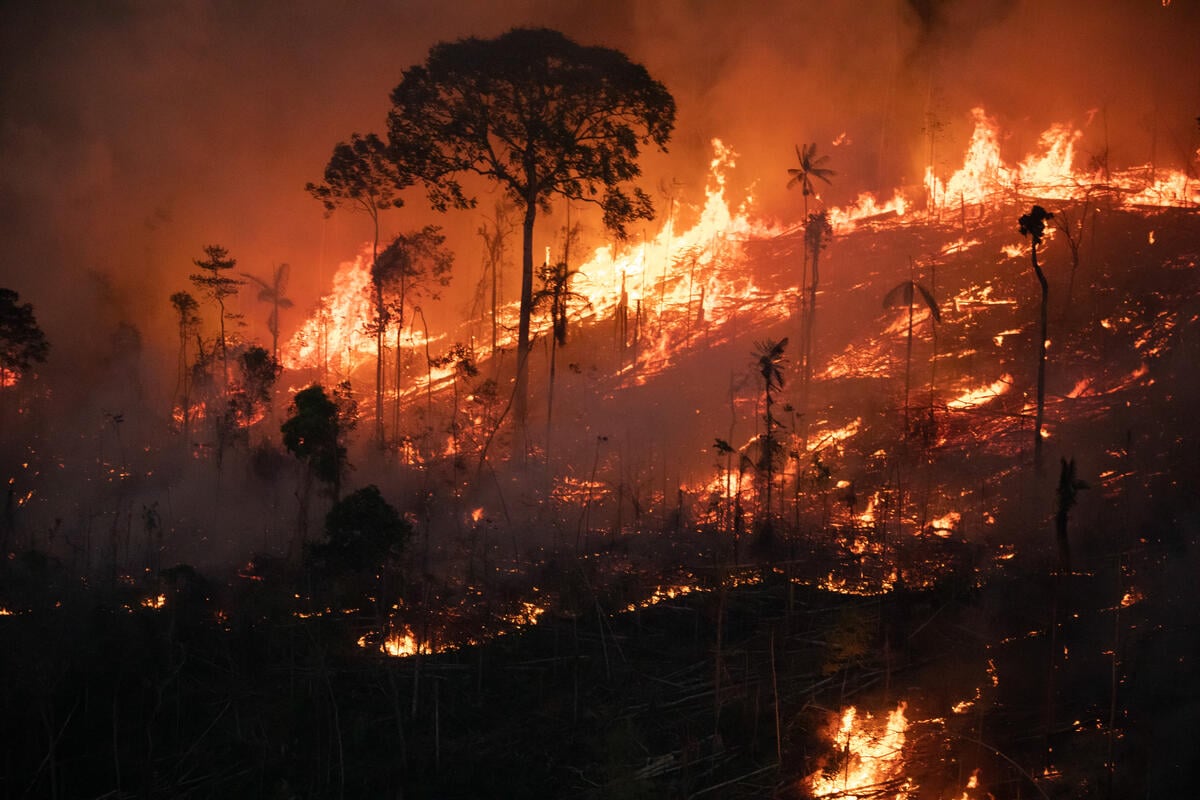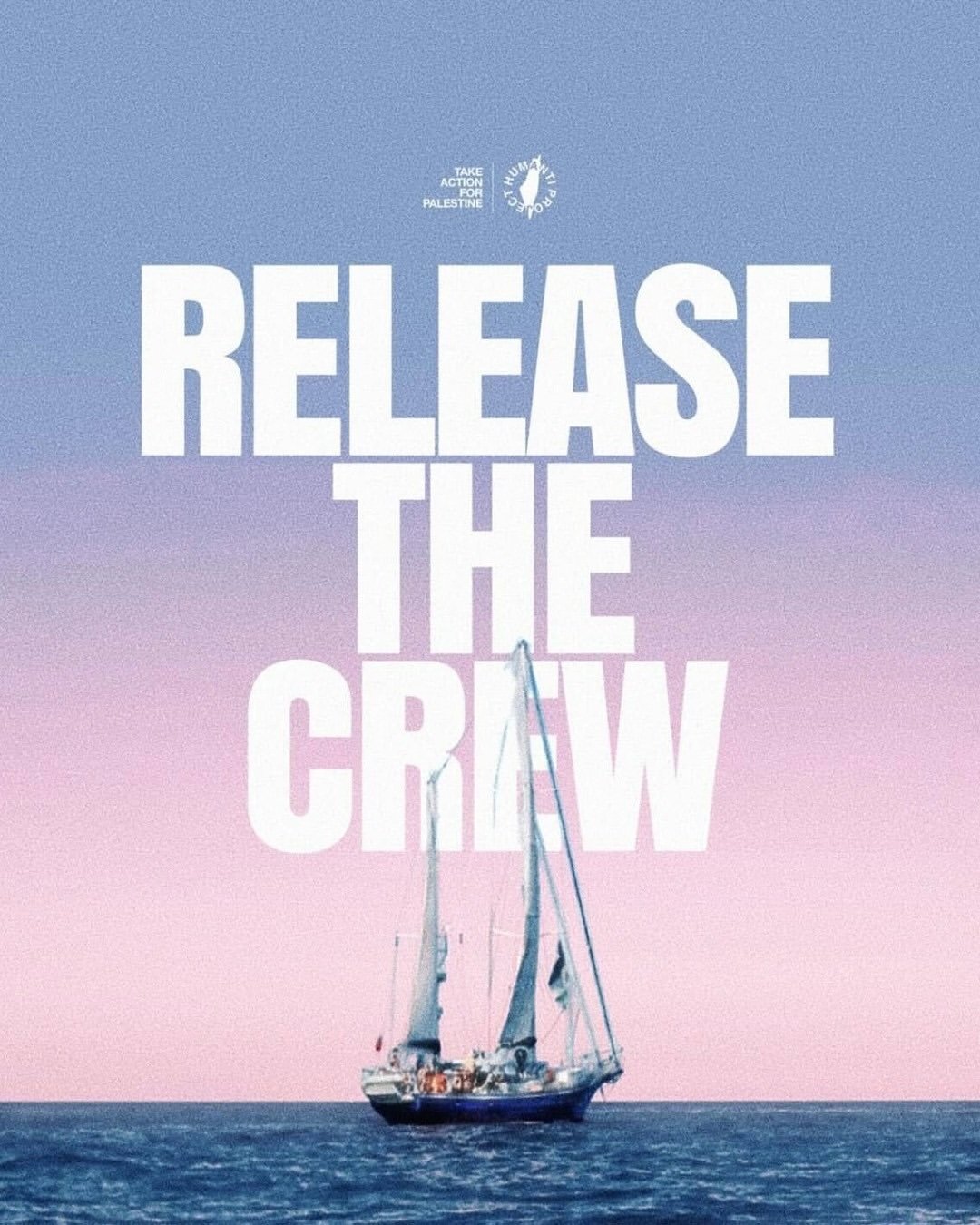From the Madleen to the Sumud (Global March to Gaza), the silence has been broken.
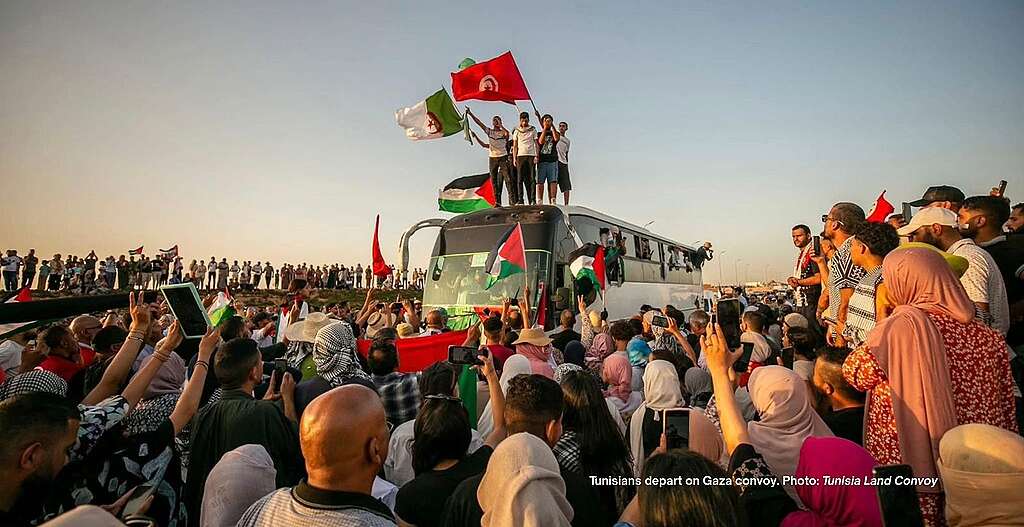
The state of Israel is enforcing two sieges: one on the people of Gaza and another that it exports to the world.
The first siege is physical. It deprives Gaza of food, fuel, water, and medical aid. A narrow strip of land, densely populated with families, schools, community spaces, and businesses, has become a graveyard of lives and futures. More than two million people are trapped there, many on the brink of famine, amid relentless bombardment.
The second siege is informational and psychological. It suppresses truth, distorts suffering, and reframes reality. It constructs a lie in which no one in Gaza is seen as a civilian—where every family is recast as combatants and every apartment building, school, hospital, and playground are legitimate targets to terrorize and bomb. This narrative justifies the ongoing devastation. It makes genocide palatable by making it invisible, then repeats itself through Western mainstream media.
Together, these sieges sustain the machinery of destruction. However, the informational and psychological siege is older and more profound. Long before October 7, Gaza had already become a scar: a living reminder of violent colonialism, forced displacement, a modern apartheid state, and the unfinished Nakba. To uphold the colonizer’s myth of victimhood and permanence, this living evidence needed to be erased.
And so: starve, bomb, deny. Occasionally, permit a trickle of aid to pass, then resume the flow. Bury the evidence amongst the rubble and the bodies.
A Convoy to Break the Informational Siege
In May 2025, something moved against the tide of silence.
The Sumud Convoy to Gaza, a coalition of grassroots activists, medics, organizers, journalists, and concerned citizens, set out from Cairo with a clear purpose: to break the siege, bring aid to starving civilians, bear witness to genocide, and confront the world about its complicity and the information siege orchestrated by the state of Israel.
This caravan didn’t just try to enter Gaza. It attempted to enter the global conscience.
In doing so, it threatened the second siege: the curated blindness, the silence of liberal institutions, the complicity of those who know but say nothing. The convoy exposed how Gaza is not only isolated by barbed wire and drones, but by narrative, by a wall of lies more impenetrable than concrete.
It is not merely a delivery of supplies; it is a political act of solidarity — a people-powered intervention against state-sanctioned starvation. Travelling across Egypt towards the Rafah crossing, the convoy carries medical aid, food, and baby formula, along with cameras, statements, bodies, and unwavering resolve.
The Sumud Convoy was met, predictably, with roadblocks, detentions, delays, and misinformation, not only by Israel but also by Egyptian authorities under international pressure. The convoy’s presence made visible what governments and mainstream media tried to bury: the siege is a deliberate, coordinated policy, not merely a humanitarian crisis, but rather a military strategy.
“Sumud” means steadfastness. This was not charity. It was defiance.
It was not a plea for mercy, but a demand for justice.
The Wall Will Not Hold
After October 7, many rushed to raise the walls higher, to reinforce the siege on truth. Yet Gaza’s reality still leaks through: a toddler buried beneath rubble; a doctor operating without anesthesia; a mother nursing her child in a tent, surrounded by death. These images survive despite the blackout.
The Sumud Convoy was one such image, a moving vessel of conscience.
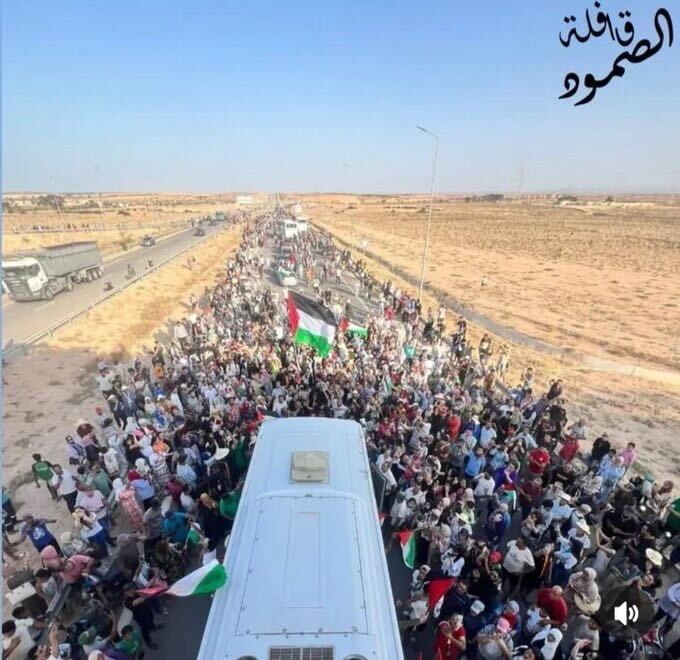
It is unlikely to succeed in delivering all its aid. But it will succeed in making something far more dangerous cross the border: truth. It showed that the world is not entirely numb. That solidarity is not dead. That resistance to genocide is not antisemitism, it is humanity.
The siege cannot last forever. Each act of resistance, each convoy such as the Madleen voyage, each vigil, each voice chips away at its foundation. The illusion of “the most moral army,” of “no famine,” of “self-defence” begins to fray. What was once hidden is now a topic of debate. What was once normalized is now named.
The Sumud Convoy won’t be the last. Others will follow, whether on foot, by car, or by sea. Some will be turned back, while others will break through.
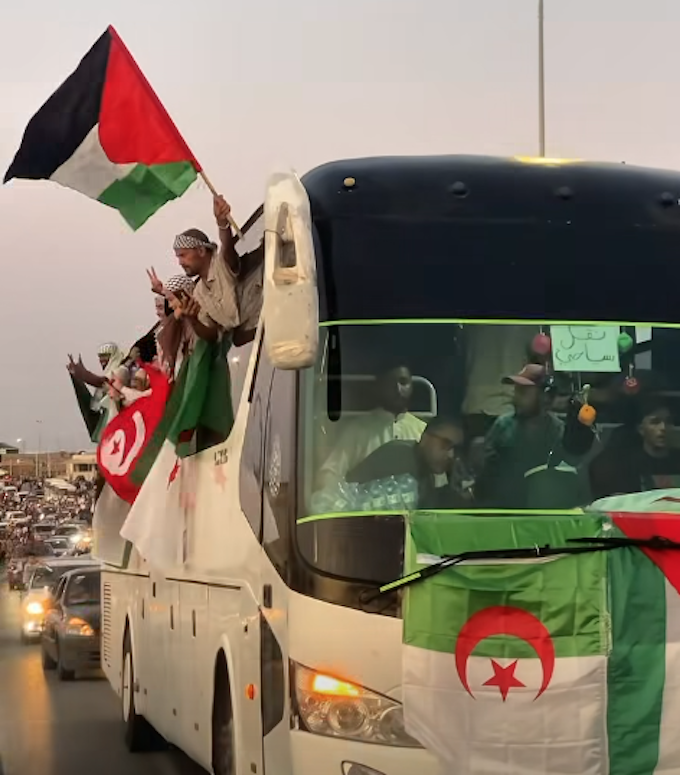
Why Greenpeace Acts in Solidarity
At Greenpeace, we recognize that the fight for environmental justice is deeply intertwined with the struggles for human rights, social justice, and racial justice.
What’s happening in Gaza is not merely a political crisis. The conflict in Gaza also poses significant environmental implications. Current emissions from military operations have already exceeded the annual greenhouse gas output of 36 countries and territories. When accounting for emissions linked to pre-war military fortifications and the projected emissions from post-war reconstruction, the total exceeds 32.2 million tonnes of CO₂ equivalent. That’s more than the annual emissions of 102 countries.
Beyond carbon metrics, the widespread destruction of residential areas, water infrastructure, agricultural land, and essential services underscores the environmental toll of sustained military action. This devastation has displaced millions, forcing them to survive in makeshift shelters amid public health risks and hazardous debris. These conditions represent a systematic erosion of basic human life. They unfold largely out of view, hidden by geopolitical forces that benefit from silence.
We are with those who refuse to look away. We are with those who speak out, organize, and resist. We are in solidarity with the people of Gaza, and we support the Sumud Convoy because the wall is cracking. Because Gaza is still standing. Because steadfastness cannot be starved. Because genocide cannot be unseen. Because the world, once blindfolded, is beginning to see.
And once we see, we must make a choice.
What You Can Do
- Follow and share updates from the Sumud Convoy on social media
- Donate to frontline organizations providing direct support in Gaza
- Join calls for an immediate ceasefire and an end to the siege
- Speak out, even when it’s hard, especially then
This isn’t just about Gaza. It’s about what kind of world we want to live in.
Solidarity is a verb. So, let’s act.
*Nakba = The Nakba, meaning “catastrophe” in Arabic, refers to the displacement and dispossession of Palestinians during the 1948 Arab-Israeli war, which included the destruction of Palestinian society and the loss of their homeland. This event is commemorated annually on Nakba Day, typically on May 15th.

